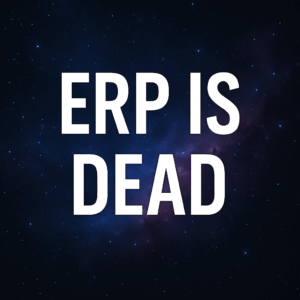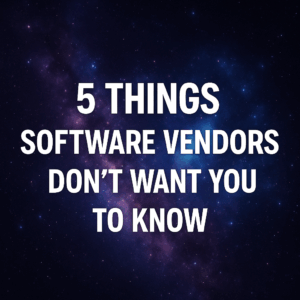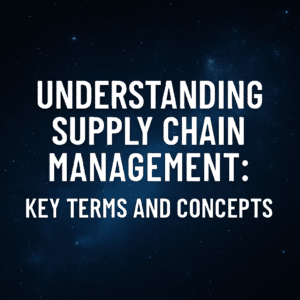Executive misalignment is one of the biggest challenges with ERP and HCM implementations. Misalignment among executive is one issue. Misalignment between an executive team and its transformation team poses a second layer of difficulty during transformations.
But what exactly does “alignment” mean? It’s a nebulous term at best. Actually solving the alignment conundrum can be even more confusing.
Table of Contents
ToggleThe misalignment trap: a root cause of ERP challenges
First, it is important to understand why executive misalignment is such a big problem. When we assess why ERP implementations fail during our project recovery and ERP expert witness engagements, we encounter a number of symptoms. For example:
- Internal decision-making is slow, which delays the project
- The software doesn’t fit the perceived business needs of the organization
- People don’t buy in to the changes entailed by the transformation
- The overall project takes more time and money than expected
- The company experiences operational disruption at the time of go-live
On the surface, these issues may seem like problems in their own right. But when we dig deeper, we find that these are merely root causes of a much deeper problem: the executive team isn’t aligned on what they want. And since the executive team isn’t aligned, neither is the ERP or HCM transformation team.
This video provides more context on how to address this important issue:

ERP vendor and systems integrator impact on misalignment
ERP vendors and systems integrators tend to complicate matters by suggesting cookie cutter “ERP best practices” and other industry hoaxes. These generic approaches fuel misalignment because it gives executives and project teams a get out of jail free card. They are the misleading silver bullets that absolve the project team of making hard decisions, accepting risks and tradeoffs, and fail to address the unique needs of the organization. In other words, they are a bad idea.
When your educated is misinformed, they make bad decisions. Worse yet, they make no decisions in critical areas. In the best case, they make decisions but don’t understand the implications and impacts of those decisions.
In order to get alignment, we need to cut through vendor biases, marketing spin, and overly optimistic assurances. We simply can’t get alignment with this sort of backdrop.
The downstream impact of executive misalignment
When executives aren’t aligned on their strategy and priorities as an organization, the implementation team is going to struggle. The project team can’t read the minds of the executive team, and regardless of what the project team does or doesn’t do, it won’t align with the interests of the executive team. If the executive team can’t agree on what their priorities are, we can’t expect the transformation team to be in sync, either.
We find that companies that are aligned on their corporate strategy and priorities – and effectively align their ERP and HCM transformations with those priorities – are more effective and successful. These companies don’t tend to run into some of the common problems mentioned above. Like a well-oiled auto engine, it pushes the vehicle in one direction at a faster speed.
Translate your corporate strategy into digital transformation goals and objectives
Assuming that corporate strategy and objectives are well defined and articulated, they then need to be translated into specific parameters that guide the overall transformation. These are the “guardrails” that guide your digital strategy and the details of your implementation project.
For example, if your company’s bigger picture strategy is to consolidate certain functions to a shared services model and to standardize your operating model across departments or locations, then your ERP or HCM implementation may incorporate the following parameters:
- Select a single ERP system capable of driving standardization across locations
- Implement the ERP and HCM solution with minimal customization
- Intense focus on an effective organizational change management plan to navigate the changes entailed by the above
- Longer time and duration to implement to account for the magnitude of change required to accomplish the transition
If your strategy is to run as a looser federation of independent business entities in this example, then you may have a completely different set of criteria to manage your ERP or HCM implementation. The key is to translate your specific strategy into tangible and actionable objectives and criteria for your unique transformation.
Facilitate executive decision making and assess alignment
Once we have a clear set of overarching goals and objectives for the transformation, we now need to start making key decisions that will determine the best path to move forward in an aligned fashion. These decisions involve pros, cons, risks, and tradeoffs, so it is important that your executive team accepts ownership of those tradeoffs and owns the corresponding decisions. They cannot be left to the project team to decide.
Here are some examples of decisions that an executive team needs to make during an ERP or HCM implementation:
- How much will we standardize vs. retain independence and flexibility?
- How much latitude are we willing to give different locations or departments?
- How big of a change can we realistically absorb as part of the transformation?
- How much risk are we willing to take on during the transformation?
There is a plethora of other decisions that need to be made, but these are just a few examples. Note that these are not either/or decisions, but they instead entail deciding where we would like to be on a spectrum. And no matter what is decided, we are simply trading one set of risks for another, so we need to be leery of any perception that any one decision will be perfect.
Repeat as necessary
These decisions won’t happen in one workshop. They require iterations, discussions, education, debates, and a lot of messiness. But through a series of discussions, we help executive and project teams get aligned with a full understanding of where they are headed.
Is your executive team aligned with your ERP and HCM project teams?
If you are like most organizations, probably not. Most companies jump into implementation without resolving this fundamental issue – much to their own dismay. Regardless of where you are in your journey, there is an opportunity to get more internally aligned.
Please feel free to contact me to brainstorm ideas on how you to drive more internal alignment within your organization. I am happy to be an informal sounding board as you start or continue on your digital transformation journey!





